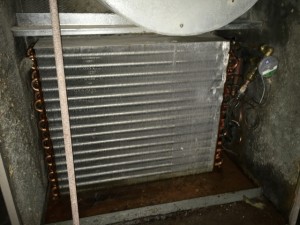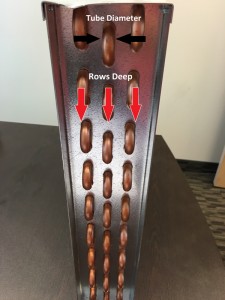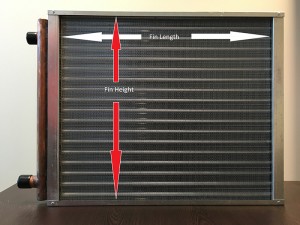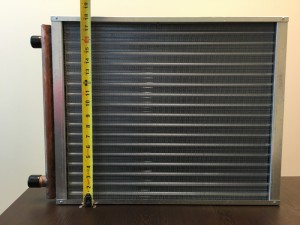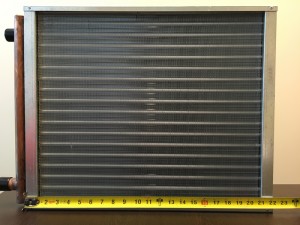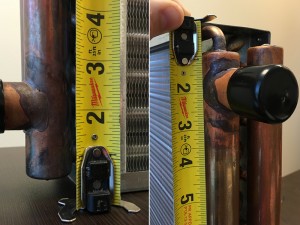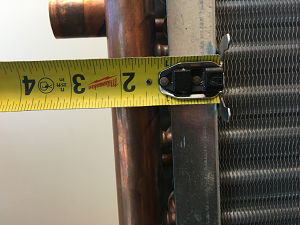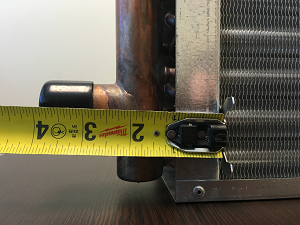Rapid Response Premiums Waived
At this time we will be waiving the premiums for Rapid Response orders. With the spread of Covid-19, we understand many businesses are feeling the impact. As new restrictions begin to take effect, we know that emergency situations will arise. At this time, we are able to continue production and will be here to assist. We understand that many projects may be put on hold and others might become more critical.
We will be offering 3, 5, and 7-day rapid response options at no additional cost until April 7th. Availability will be on a case by case basis, and we ask that requests are limited to critical situations. These are uncertain times and we plan to do our part to assist our customers in any way we can. We will continue to review the situation and plan to make necessary adjustments to any restrictions put in place. So, we ask for your understanding as we work through these unique circumstances together.


